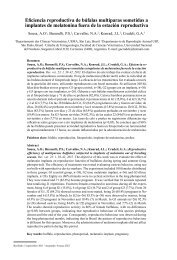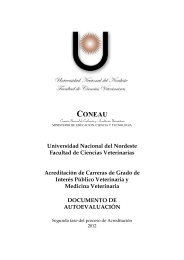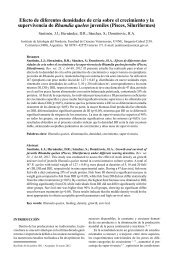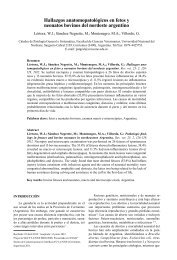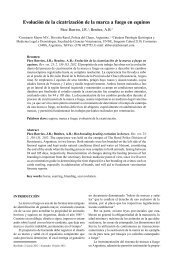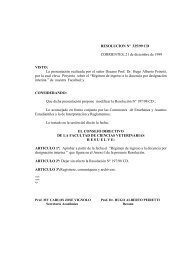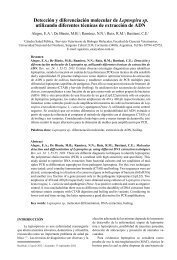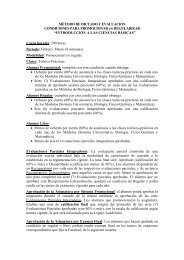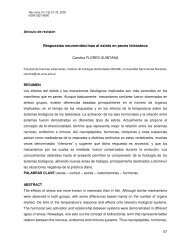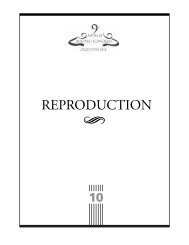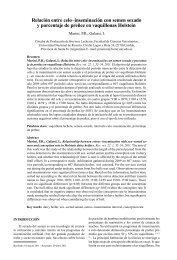MILK PRODUCTION
MILK PRODUCTION
MILK PRODUCTION
Create successful ePaper yourself
Turn your PDF publications into a flip-book with our unique Google optimized e-Paper software.
544<br />
<strong>MILK</strong> <strong>PRODUCTION</strong><br />
the intermediates of energy metabolism, have also been documented in newborn cattle calves post birth (Chand et al,<br />
1979). However, the changes that may occur in buffalo neonates on account of its poor survivability after birth continues<br />
to be the focal point of physiological investigations. The altered energy requirements post birth both in terms of<br />
thermolysis and thermo genesis have got many correlates, which need to be put to order in this species. This investigation<br />
was an attempt to bring out the chronological changes in energy substrates in response to delayed colostrum intake<br />
in buffalo calves post birth in winter season.<br />
MATERIALS AND METHODS<br />
Fourteen buffalo calves born during winter season irrespective of their time of birth with no evidence of health disorder<br />
were included in this study. Immediately after birth, these calves were removed from dams and were housed in a shed<br />
open from one side where they were allowed to move freely. The maximum temperature in the shed averaged 19.2±1.13°C<br />
while the minimum was 7.4±1.05°C. The relative humidity ranged between 50-90% during the entire period of study. The<br />
fetal fluid adhering to the body surface of the calves after birth was quickly dried with towels. These calves were assigned<br />
to first blood collection with in an hour of their birth by venipuncture from the jugular vein posing minimum disturbance<br />
to them. The blood was drawn into heparinised and nonheparinised vacuum tubes. Subsequently, the blood was<br />
collected at 2, 4, 8 and 24h. The calves received the first colostrum 8h after birth. The next feeding was done 12h after<br />
the first one. After this, the calves were fed colostrum twice a day for next four days and were subsequently shifted to milk<br />
feeding as per normal practice. The blood samples were also drawn on day 7, 15, 30, 45, 60 and 90 post birth once a day<br />
prior to a.m feeding. Nonheparinised samples were allowed to stand at room temperature for 20 min for clot formation.<br />
Serum was separated by centrifuging the samples at 3000 rpm for 20 min and stored at 4°C till the estimation of alkaline<br />
phosphatase. The heparinised blood was deproteinised using different deproteinising agents for analyzing different<br />
energy substrates viz 5% ZnSO4 and 4.5% Ba(OH)2 for the estimation of glucose and lactic acid; 10% ZnSO4 and 0.5N<br />
NaOH for fructose; 10% TCA for pyruvic acid immediately after blood collection. The filtrates were stored at 4°C until<br />
analysis, which was carried out with in 8h of collection of blood.<br />
The data was statistically analyzed for means and S.E. Analysis of variance (ANOVA) was applied to study changes on day<br />
1 between different hours by the calves. ANOVA was also applied to the data obtained till day 90 post birth.<br />
RESULTS AND DISCUSSION<br />
Glucose<br />
High levels of glucose (85.33±10.30 mg %) were found at birth (sample collected with in 1h, Table 1) in buffalo calves<br />
despite the fact that these calves were not offered colostrum. These further registered a significant rise (P



